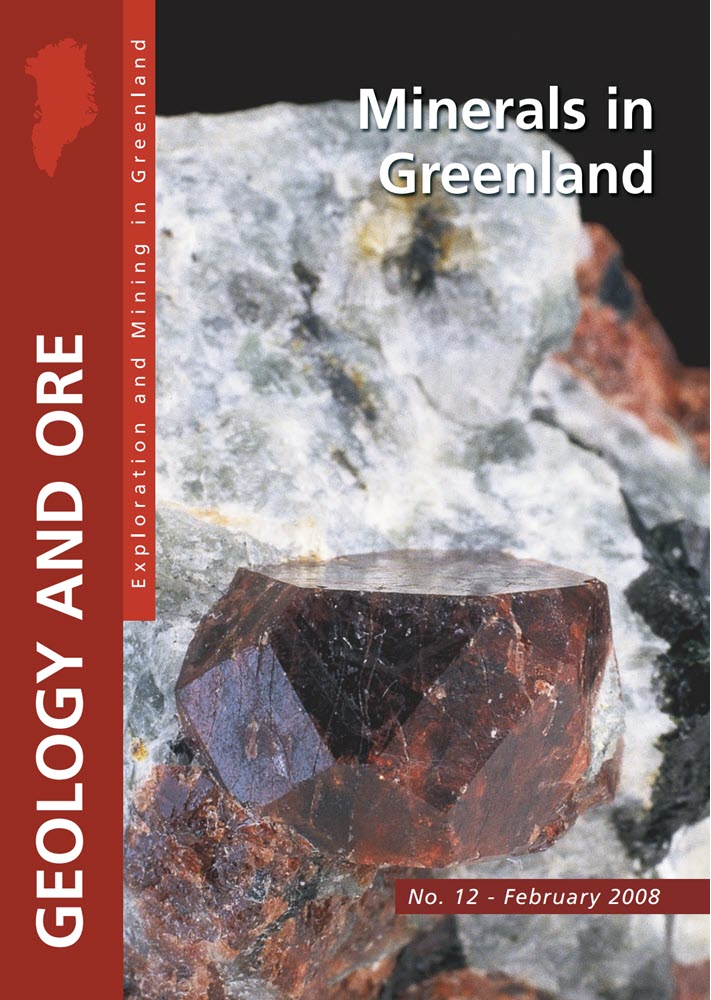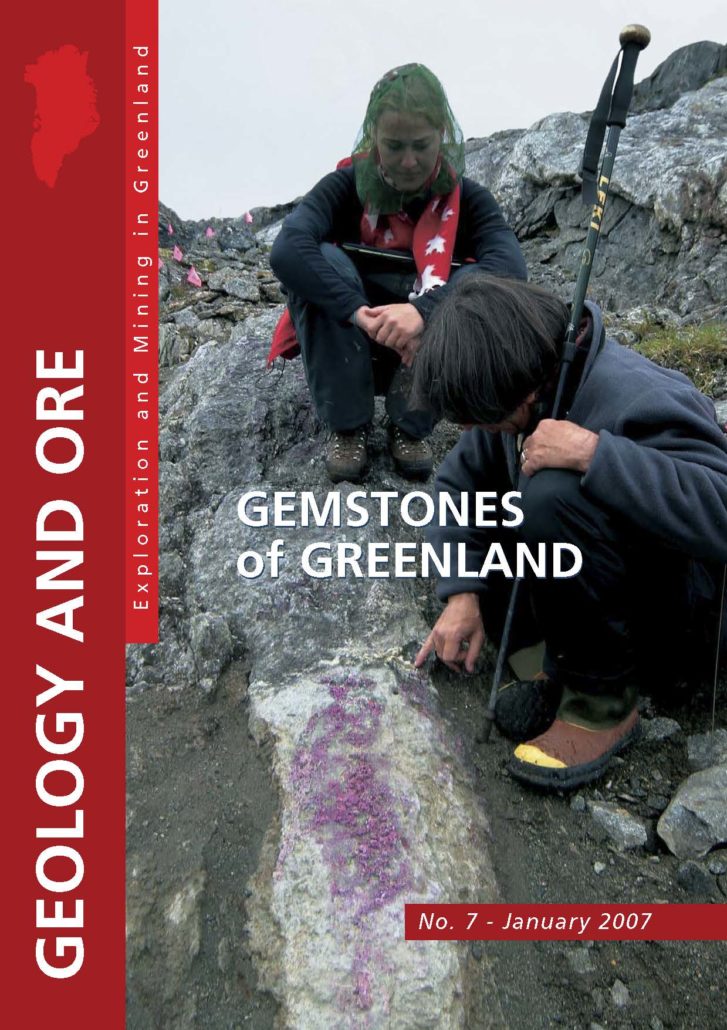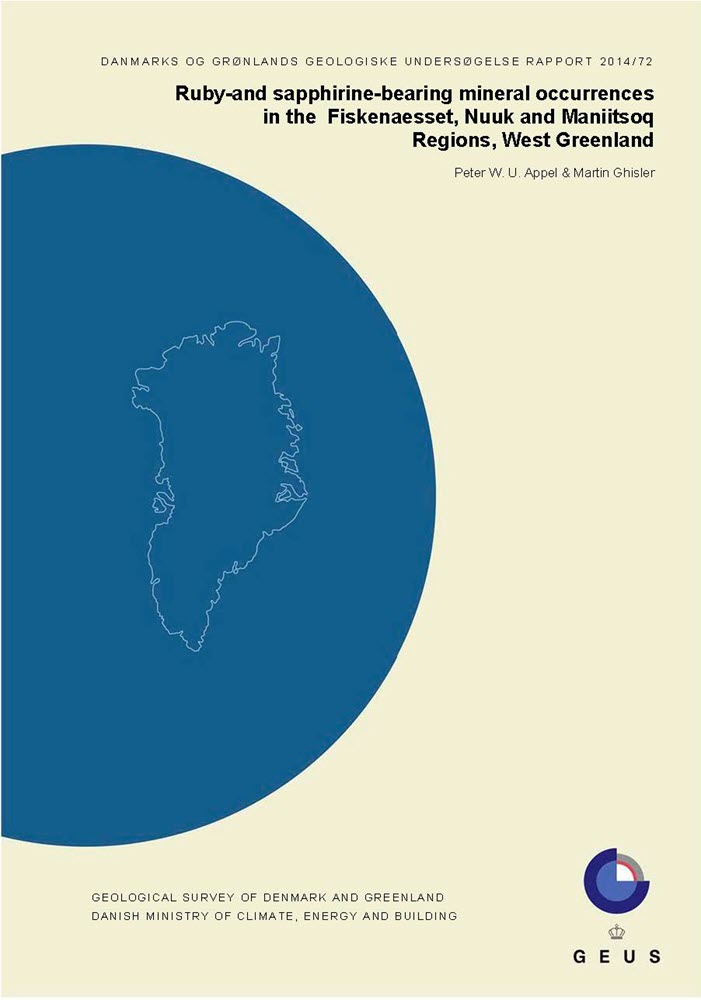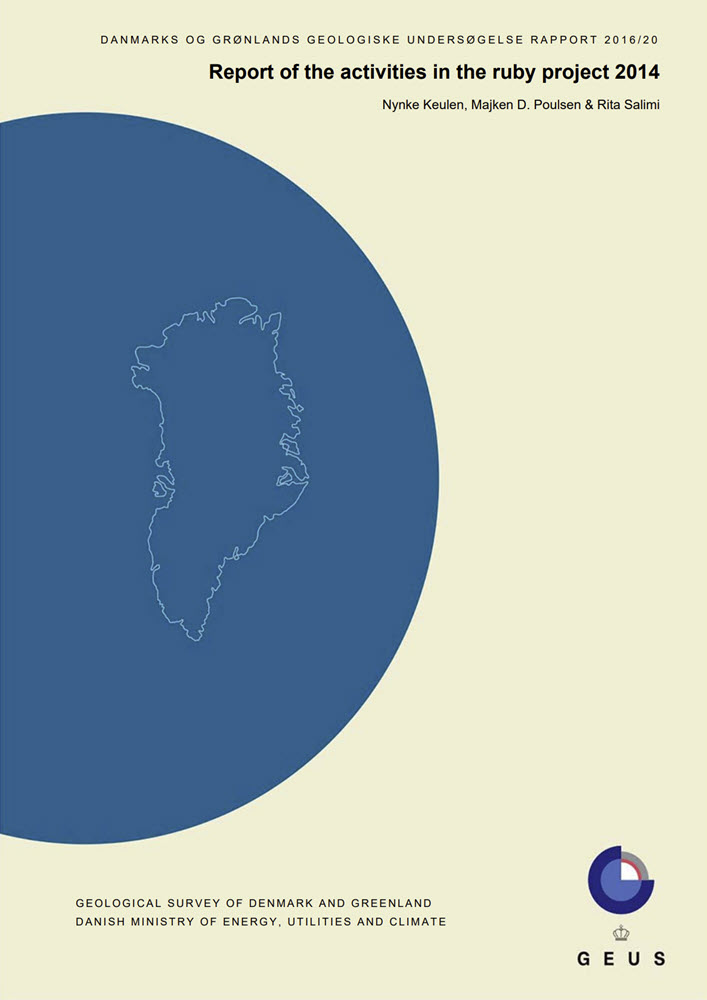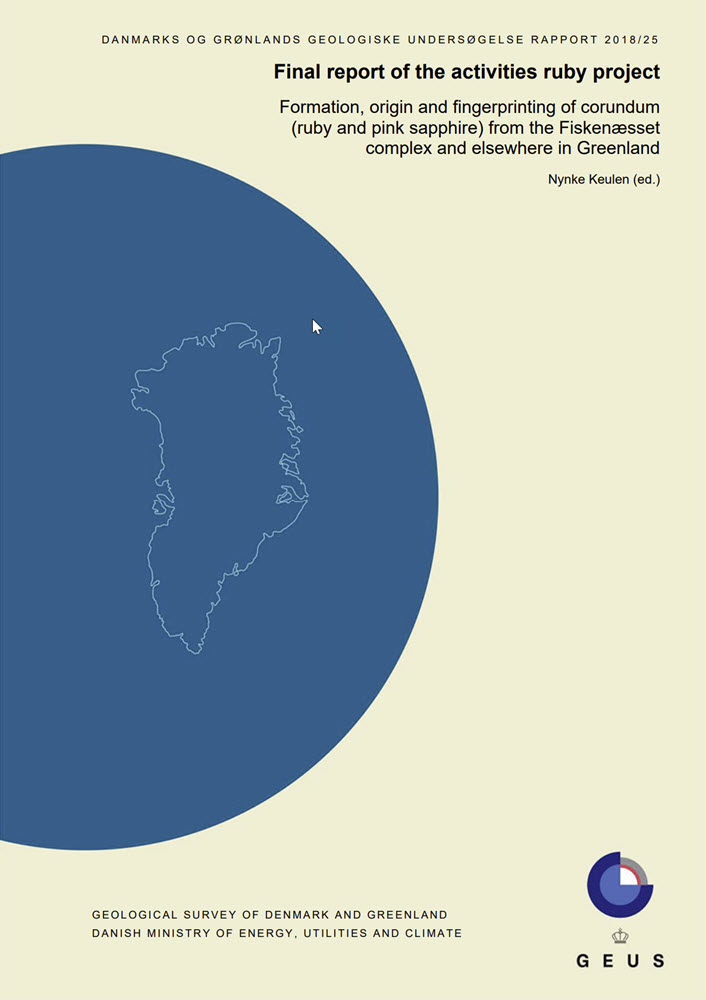Ruby occurrences in Greenland
Ruby is the red and pink gemstone variety of the mainly colourless mineral corundum. Gem-corundum in all other colours are called sapphire. Many small and a few larger ruby and red/pink non-gem quality corundum occurrences are found in Greenland. These include the ruby deposit at Aappaluttoq, near Fiskenæsset in southern West Greenland.Blue sapphire on the other hand, has so-far only been observed in microscopically small grains on Disko Island. All rubies and red/pink corundum in Greenland are related to ultramafic (mantle-derived) rocks in contact with felsic sheets (cross-cutting molten rock rich in silica and aluminium) or with aluminium-rich rocks.
The ruby and corundum occurrences in Greenland were investigated both in their outcrops for their size, distribution, geological history and surrounding mineralogy, as well as in the laboratory with the aim to characterise the rubies for possible fingerprinting characteristics. Fingerprinting is the geochemical and optical characterisation of gemstones with the aim to define their country or region of origin. The results of these investigations are shared here.

